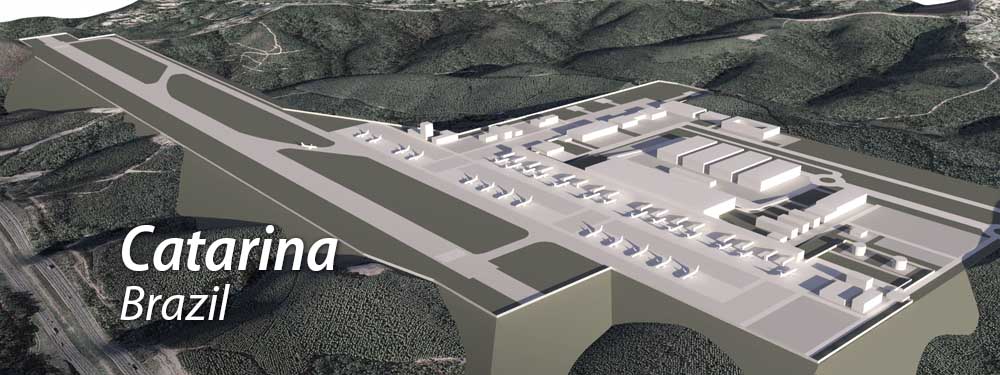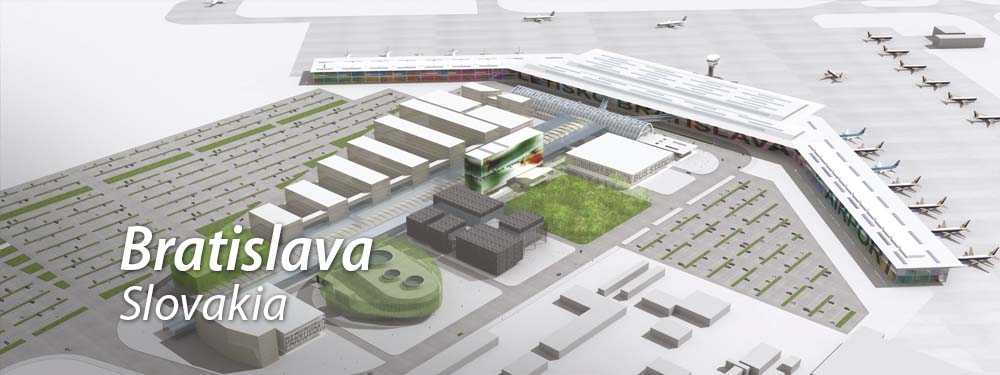Capacity Planning
Capacity planning is an essential component and a precondition for serious airport development concepts. It considers current and the future constraints as well as any limitations. It is key to all further steps, such as conceptual planning, the phasing concept and investment planning (CAPEX, business plan, etc.).
Airside Calculation
The airside requirement calculations are based on international and national regulations. Along with the specific operational needs they define the parameter for the airside planning. Airside capacity limitations often set the upper limit for the airport’s development. Exact knowledge of requirements and possibilities is important for a balanced development planning. This knowledge can be gained by long term airside simulation with highly specialized software tools.
Terminal Calculation
Based on the latest IATA publications and benchmarks derived from similar projects the requirements for the terminal are calculated. This includes passenger handling facilities as well as non pax-related functional areas. A calculation-based identification of bottlenecks can be followed by a detailed investigation by simulation modelling. Cost-efficient solutions for existing or upcoming tailbacks are planned according to the latest industry standards.
Scope
- Demand analysis
- Detailed traffic volume analysis (passengers, aircraft movements, cargo volumes, catering, fuel tons, etc.)
- Peak hour analysis of passengers, aircraft movements, etc.
- Constraints analysis
- Definition of quality standards
- Elaboration of a design parameter catalogue
- Capacity calculation – top-down approach – based on quality standards, benchmarks and ADM’s international experience
- Elaboration of a comprehensive capacity model, rough space and allocation programme
- Elaboration of a comprehensive capacity model
Benefits
- Basis for conceptual planning and the phasing concept
- Basis for the CAPEX calculation
- Secures the right capacity over the course of the entire development period
- Establishes and maintains the “balance of systems”
- Avoids capacity bottlenecks – especially when certain parts are temporarily not in operation
- Avoids unnecessary overcapacity, prevents excessive and premature investments
- Transparent visualisation of space and equipment requirements over the entire development period










